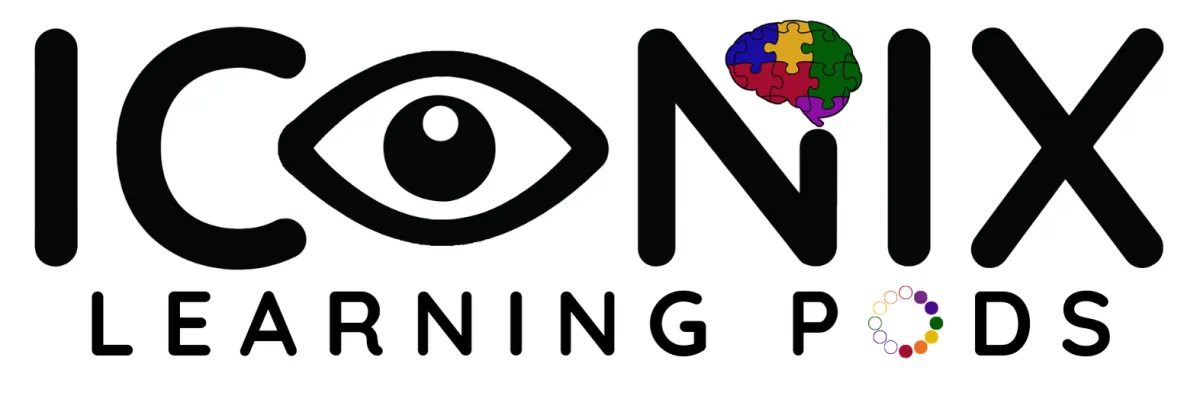
Our curriculum is designed to develop the whole child—mind, body, and spirit. We start with Bible lessons that build strong values and reflection. From there, we explore the world through Geography, Cultures, and History, helping students understand where we’ve come from and how people live today. In Civics, they learn how government works and what it means to be an active citizen.
We bring learning to life through Community Service, encouraging students to apply what they know with kindness and purpose. Science is hands-on and visual, showing how the world works—from the human body to the stars. Health focuses on the body, mind, and habits that support lifelong wellness. In Economics, kids gain real-world understanding of money, work, and smart choices.
To support all types of learners, we include Study Skills and Social Skills—equipping students to learn well and relate well. We teach Meaningful Patterns to build logic, structure, and problem-solving across subjects. Our academic foundation includes Mathematics, Reading, Writing, and Spelling, all taught in ways that are visual, engaging, and built for real understanding—not just memorization. And through Extemporaneous Speech, students build the confidence to speak clearly and think on their feet.
This program equips parents to teach every subject with purpose, creativity, and clarity—so your child can grow with confidence in every area. Because we teach concept-first and use multisensory methods, students don’t just memorize—they master. And because we push knowledge to the level of application, they don’t just learn—they use what they know. That’s the difference between schooling and transformation.
We are Learning at the Speed of Sight.
🌟 See What’s Ahead for Your Child This Year
Join our parent email list and get an inside look at our curriculum plan, upcoming activities, and resources to support learning at home.
**Important Note: While our program includes enrichment subjects such as Bible, we are non-exclusionary and warmly welcome families from all faiths, backgrounds, and beliefs. Our curriculum is designed to support values-based education in a way that promotes respect, reflection, and open dialogue. Families are always encouraged to adapt content in a way that fits their household, and every child is met with curiosity, kindness, and connection—no matter their worldview.
Safe, Loved...Learning

Each week, we focus on one core subject—History, Geography, Science, or Math—and rotate through them in a 4-week cycle. When a subject is introduced, we teach it as a whole, helping your child master the big-picture concept within the same week.
In the following weeks, we return to that subject to review, reinforce, and deepen understanding, touching base on lessons from the past four weeks. The newest concept always gets the most focus, with brief but meaningful review of the others.
By week 4, your child is actively engaging in all four core subjects every week—but in a way that feels manageable, natural, and connected.
Alongside these, we introduce Enrichment Subjects like Bible, Health, Civics, Social Skills, Economics, Cultures, Community Service, Reading, Writing, Spelling, Study Skills, Meaningful Patterns, and Extemporaneous Speech. Each enrichment subject follows its own 12-week framework, centered on one big idea and broken into 12 simple parts.
Each week, your child explores just one key piece from each enrichment subject, making steady progress without overwhelm. By the end of the cycle, they’ll have developed mastery in both the core and enrichment areas—gaining a wide, meaningful, and lasting education built for real life.
What We Teach — And Why It Matters
Our program is built around both core academic foundations and enrichment subjects that nurture the whole child. Every subject is designed to be concept-based, visually taught, and rooted in mastery—so that students not only learn, but truly understand and remember. Here's a quick look at what we cover and how it all connects.
Geography
Geography in our program is about understanding the world—literally. We start with continents and oceans, then move through countries, regions, landforms, and borders. Students explore both physical and cultural geography, gaining a big-picture view of how the earth is shaped and how people live across it. Through interactive maps, movement-based activities, and visual models, we build not just location knowledge, but global awareness and spatial intelligence.
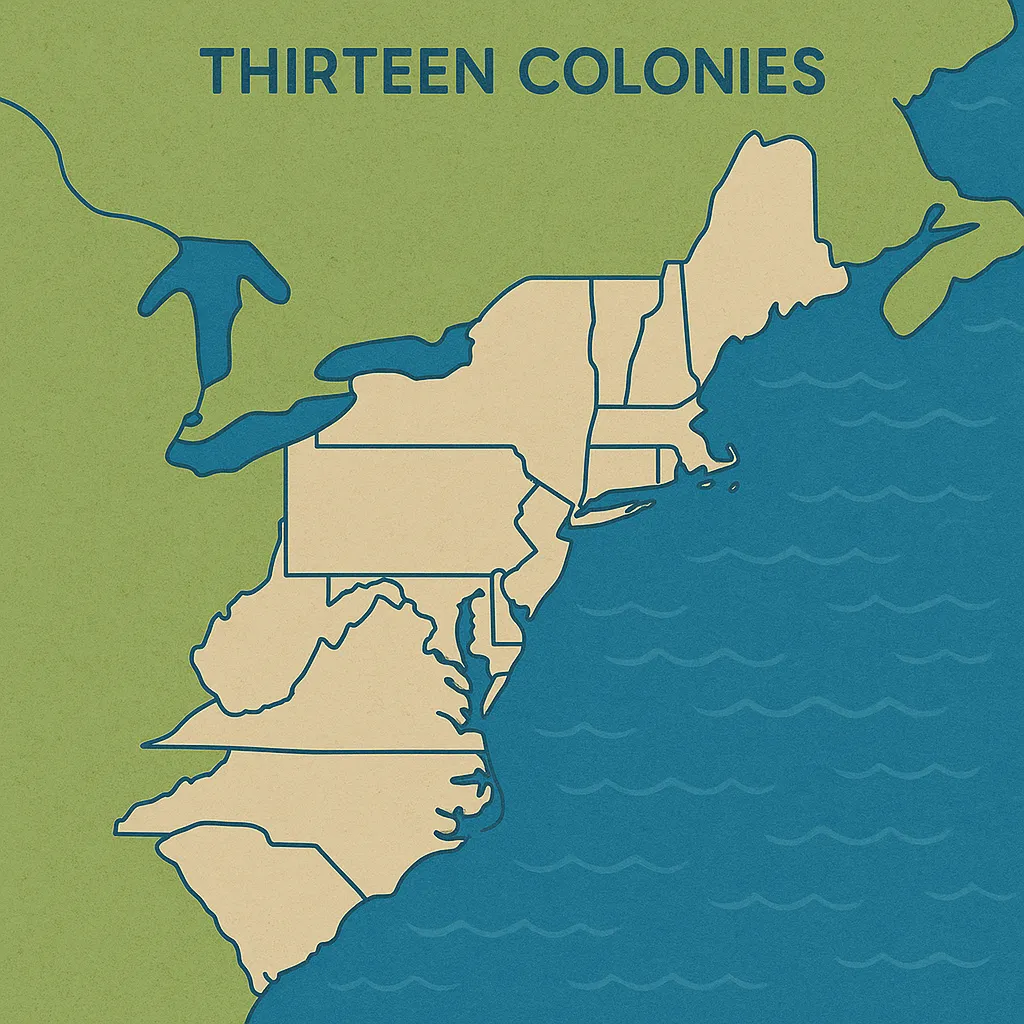
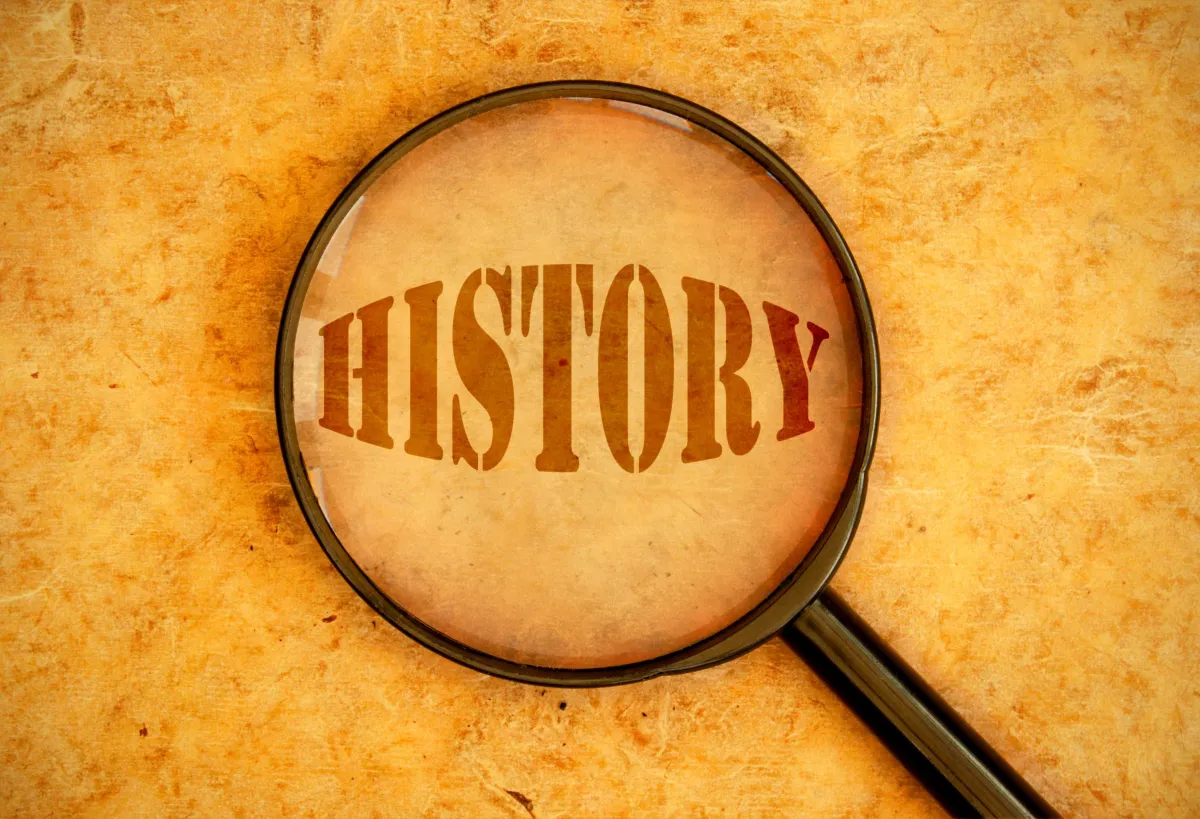
History
Our history program helps students understand the world by following the patterns of human civilization. We start with early empires, exploring how people built societies, governments, and belief systems. Then we move through the age of exploration and colonization, helping students understand how cultures met, clashed, and changed. We examine key revolutions and independence movements, including the American Revolution, and trace how new nations were formed. As we move forward, we explore wars, civil conflicts, and global change, helping students grasp the causes and consequences of major world events. We also cover powerful themes like migration, innovation, civil rights, and cultural shifts—teaching not just what happened, but why it mattered. Lessons are taught with timelines, cause-and-effect diagrams, maps, and visual narratives, so students can see the big picture and understand how events across the world are connected.
Science
In science, we build lasting understanding by focusing on systems, structures, and patterns in the natural world. But we don’t just teach what science is—we teach how it was discovered. Students are guided to think like early scientists: observing nature, noticing patterns, asking questions, and applying logic to form conclusions. We show them that science is not a list of facts—it’s a way of thinking that humans developed to make sense of the world.
We begin with life science, exploring ecosystems, habitats, and the interdependence of living things. Then we move to earth science, studying landforms, weather, and the powerful systems beneath our feet. Physical science brings in matter, energy, magnetism, and motion—taught visually and experientially, so students understand how the invisible forces of our world behave. We also explore space and astronomy, building mental models of planets, stars, and galaxies. Finally, students study the human body, learning about the systems that keep us alive and how they work together.
Every concept is taught with visuals, experiments, and deep discussions that help students make meaningful connections—just like the scientists before them. Science becomes more than knowledge—it becomes a mindset.
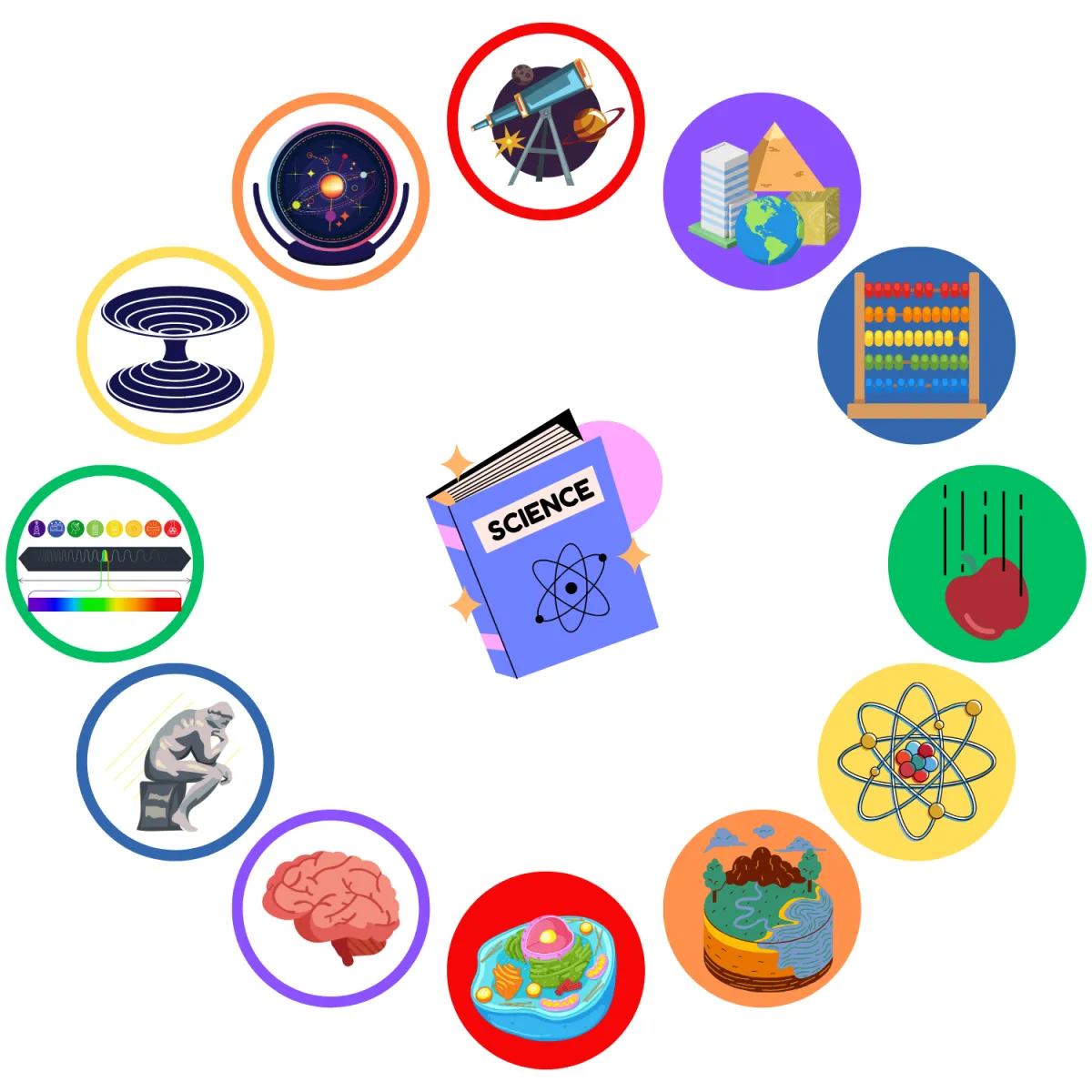
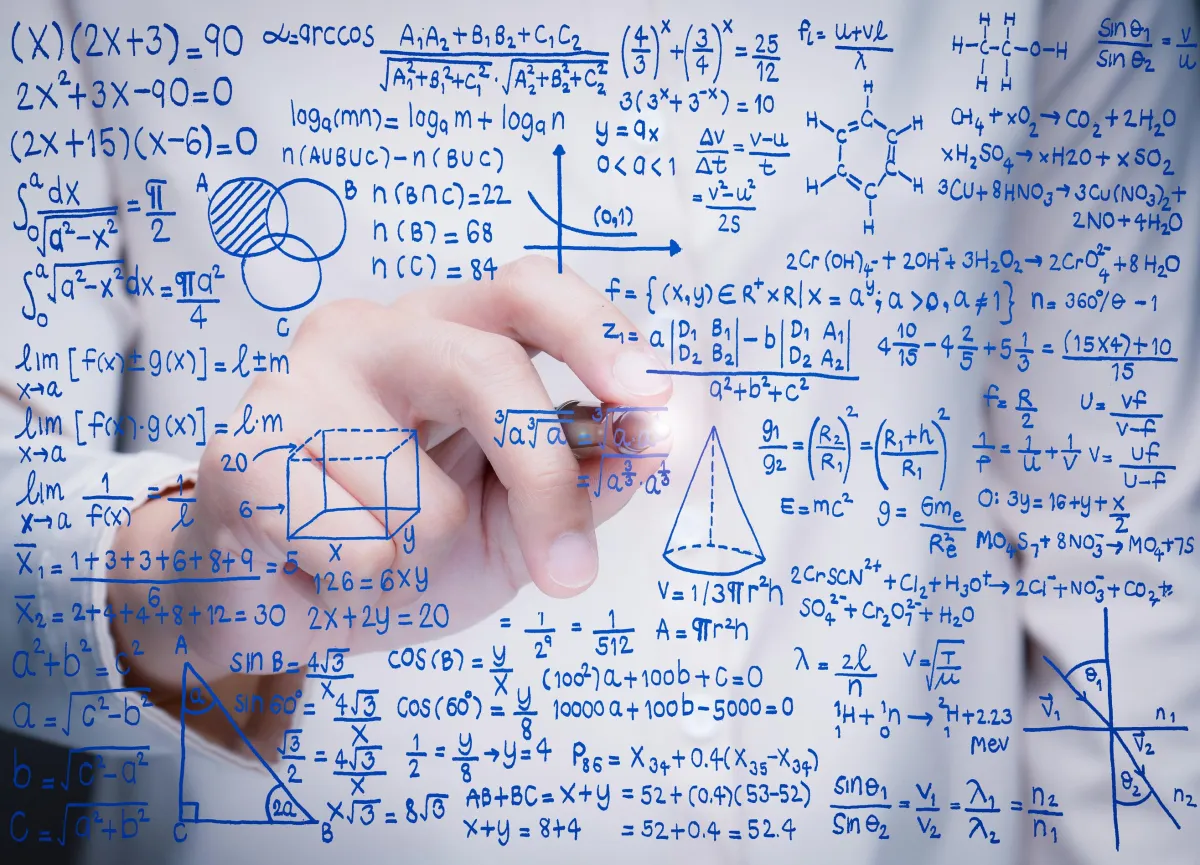
Mathematics
We teach math the way it was originally discovered—through observation, logic, and meaningful patterns. Students learn to see numbers not just as symbols on a page, but as powerful tools for understanding the world. From the very beginning, we focus on visual models, hands-on experiences, and conceptual clarity, helping learners build true number sense and confidence.
We start with foundational concepts like patterns, quantity, and relationships, then explore operations, place value, and mental math through games and guided discovery. As understanding deepens, we move into fractions, measurement, and time, always using images, diagrams, and movement-based strategies that make abstract ideas concrete.
Rather than memorizing disconnected procedures, students learn how math works—why it behaves the way it does, and how to use it to solve real problems. We bridge into applied mathematics, including geometry, algebra, and even physics, helping students see how math connects across subjects and in everyday life. Whether they’re measuring angles, modeling force, or calculating probabilities, students approach math with creativity, flexibility, and true understanding—not fear or guesswork.
Reading
We believe understanding should come before decoding—so we teach reading in a way that makes sense to the mind. Before students ever open a complex text, we build the mental framework first: using visuals, diagrams, oral storytelling, and meaningful discussion to help them grasp the big ideas behind what they’ll read. Once that structure is in place, we gradually introduce text—now supported by a rich internal map that gives the words context and meaning.
This approach works beautifully for all types of readers, including those with dyslexia, learning differences, or reading aversions. By the time they’re re-introduced to text, they’re not struggling to make sense of something unfamiliar—they already understand the concept, which makes the text more approachable and less intimidating.
From there, we teach students how to read with purpose: identifying key ideas, asking critical questions, visualizing meaning, and extracting information. Whether they’re working with stories, informational texts, or primary sources, students are equipped to think while they read, not just sound out words. The result is confident, capable readers who understand deeply, retain more, and enjoy the process.
And once a child has mastered and come to love reading, they’re free to explore the world—gaining access to any subject, any culture, and any idea. Reading becomes more than a skill—it becomes their gateway to everything else.


Writing
We approach writing with the same whole-to-part, concept-first method that defines our entire program—and we do it using our proprietary Visuflect™ method. This unique process helps students visually structure their thoughts before ever putting pencil to paper. Instead of staring at a blank page, they’re guided through colorful, engaging frameworks that map out ideas, transitions, and key details—making writing feel clear, doable, and even fun.
Writing is taught as a tool for expression, organization, and communication. We begin by helping students understand the purpose behind different forms of writing—storytelling, opinion pieces, informational writing, persuasive arguments—and how each one is built. Through modeling, diagrams, and collaborative planning, students learn how to think like writers before they start drafting.
Just like with reading, our approach is especially effective for reluctant or anxious writers, as well as students with learning differences or executive function challenges. Visuflect removes the overwhelm and provides a scaffold that promotes confidence and independence.
From sentence formation to paragraph flow to full essays, students learn how to write clearly, creatively, and with intent. Writing becomes not just something they “have to do,” but a powerful way to share what they know, feel, and believe.
Extemporaneous Speech
We believe that if a child can visualize (think) it, they should be able to speak it—clearly, confidently, and on the spot. That’s the heart of our Extemporaneous Speech program. Each week, students are given the tools to organize their thoughts visually and verbally, using simple frameworks to guide idea flow, structure, and delivery. No memorized scripts—just real thinking, real speaking, and real growth.
This subject isn’t about performance—it’s about processing and articulation. Whether it’s explaining a science concept, sharing a personal story, or debating a real-world issue, students learn how to express what they know in their own words. They practice responding under pressure, just like they’ll do in real conversations, interviews, and presentations throughout life.
Because our method is rooted in visual planning, even shy or unsure speakers find confidence. The pressure is removed, and in its place is a structure that builds clarity, courage, and composure. Over time, students begin to own their voice—able to teach, explain, and persuade, not just write it down, but say it out loud.
Speech isn’t a side skill—it’s a life skill, and we treat it like one. By integrating speaking into every subject and offering weekly opportunities to share aloud, we’re raising thinkers who can also communicate with strength and authenticity.

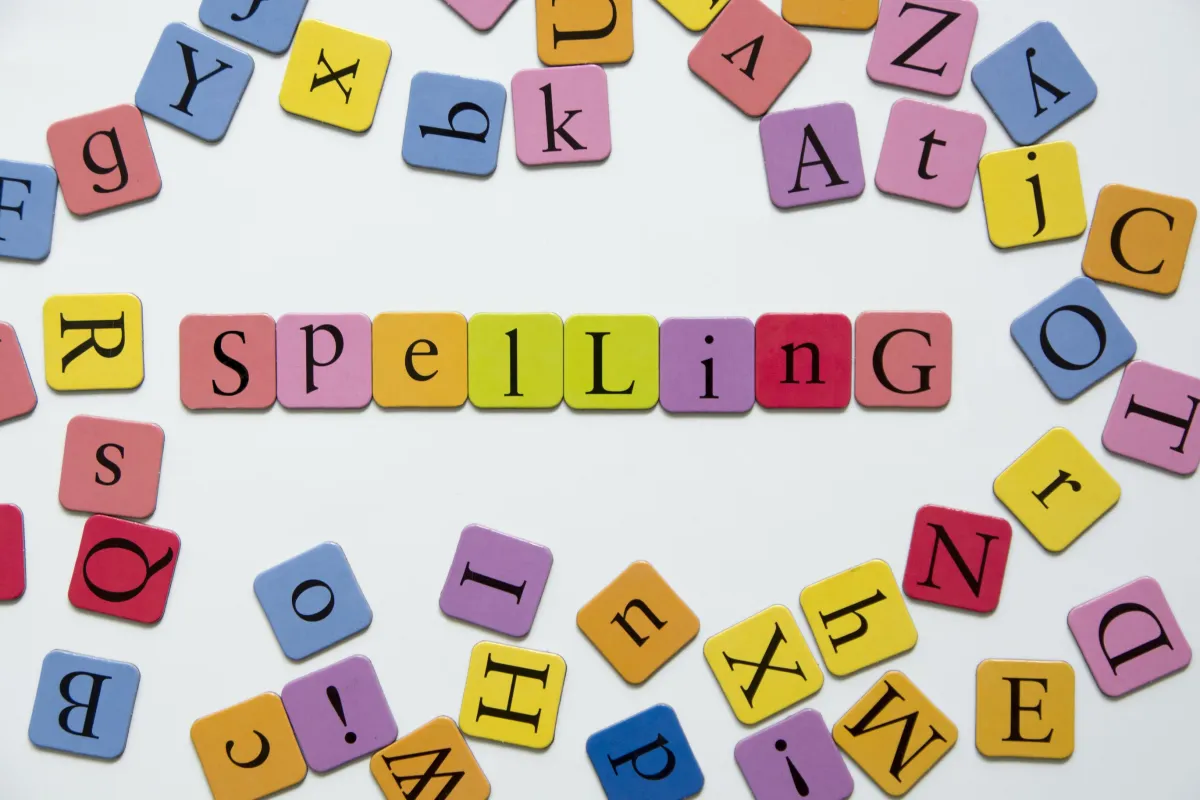
Spelling
Spelling isn’t about memorizing strings of letters—it’s about learning to see the word as a whole. Our visual method teaches students to imprint the complete shape and structure of a word in their minds, building eidetic memory for symbols—one of the highest levels of cognitive difficulty in the visual processing hierarchy.
Instead of breaking words into isolated parts or relying on rote drills, we help students form a mental image of the entire word, noticing its patterns, symmetry, and flow. Once the whole word is memorized by the look of it, later, we then teach how and why the word works—breaking it apart into phonics, root words, and language rules to give it meaning and logic.
This two-step process allows for flexible mastery—many of our students can even spell complex words backwards, because they’ve stored the visual whole so clearly in their minds. Whether a student is highly verbal or struggles with reading challenges like dyslexia, this approach bypasses overwhelm and builds real confidence.
Spelling becomes an exercise in visual logic, memory, and precision, reinforcing language mastery and strengthening the brain’s ability to handle symbols quickly and effortlessly.
Enrichment Subjects
In addition to our core academic rotation, we offer a full suite of Enrichment Subjects designed to develop the whole child—intellectually, emotionally, socially, and spiritually. Each enrichment area is taught through visuals, conceptual frameworks, and hands-on experiences, just like our core model. These subjects are broken into 12-week cycles focused on big ideas that are relevant, meaningful, and memorable.
Rather than rushing through content, we build depth—one concept at a time, layering knowledge week by week. This allows your child to truly master complex ideas in areas like Bible, Health, Civics, Cultures, Economics, Social Skills, Community Service, and more—without overwhelm. These subjects are not just add-ons—they’re essential to shaping thoughtful, capable, and compassionate learners.
**Important Note: While our program includes enrichment subjects such as Bible, we are non-exclusionary and warmly welcome families from all faiths, backgrounds, and beliefs. Our curriculum is designed to support values-based education in a way that promotes respect, reflection, and open dialogue. Families are always encouraged to adapt content in a way that fits their household, and every child is met with curiosity, kindness, and connection—no matter their worldview.
Safe, Loved...Learning
Bible
Health
Economics
Cultures
Community Service
Languages
Civics
Social Skills
Study Skills
Meaningful Pattern
